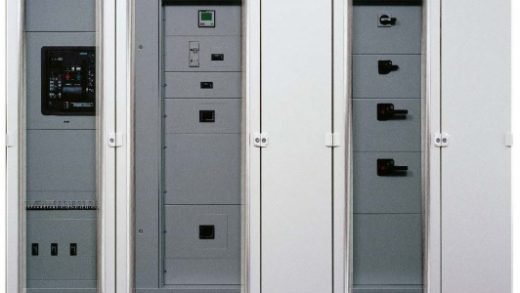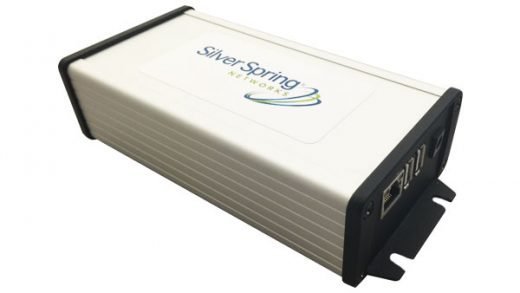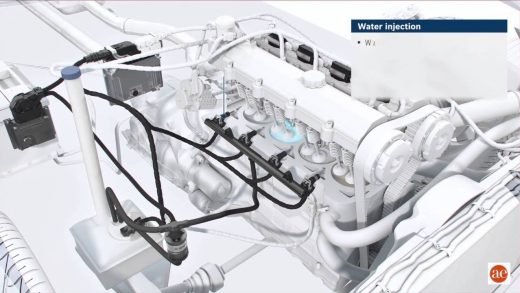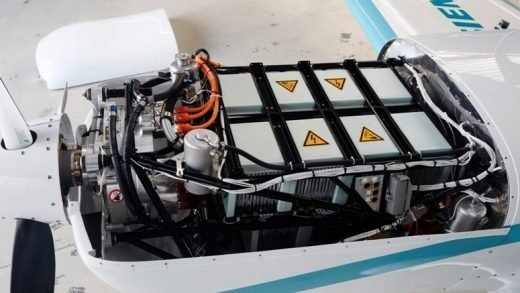Nerve Tracts for the Smart City
The Smart City is one of today’s major hypes. Everything is to become more progressive, more efficient, cleaner. A lot of projects are working towards this goal. What is lacking, however, is a comprehensive platform that lets a broad range of municipal applications work together. In the European ALMANAC project, Fraunhofer FIT is working with international partners to develop a prototype of such a platform. A key component of this platform is a service-oriented middleware that enables heterogeneous resources, devices and services to cooperate at the semantic level.
The first big hurdle in implementing Smart City projects is to work with the existing municipal services, infrastructures, databases and other resources. Here we must accept as given the current technological situation of all the players involved, including waste disposal systems, electric utility companies, water supply companies and telecom providers. Only in a second step will it be possible to implement new technologies and to bring them together with the existing systems. This seems to be the only way to produce smart, cost-efficient services for the inhabitants of a city or a region.
This is exactly the problem that the European ALMANAC (acronym for Reliable Smart Secure Internet Of Things For Smart Cities) project works on. It will create an open Smart City platform that provides a comprehensive technological basis for a wide range of Smart City applications. One key component of the platform is a service-oriented middleware that provides for semantic interoperability of heterogeneous resources, devices and services. Open interfaces to external services make it possible to continually enhance the platform and corresponding applications. Obviously, privacy and secure communication are important aspects here.
The technical work in ALMANAC is driven by the Smart City requirements of the city of Torino. Here we selected three application fields in which to develop and test the ALMANAC platform: waste management, water supply and citizen engagement. Leading the project on the technical side, Fraunhofer FIT develops the overall system architecture and is involved in developing the waste management prototype. Here, the Irish company SmartBin, world-wide one of the leading suppliers of remote monitoring of waste containers, is an important partner.
“SmartBin let us access real-life data about the fill levels of waste containers. This is an ideal basis for testing the functionality of the ALMANAC platform. And this information is also invaluable for profitability forecasts and for the evaluation of business models”, says Marco Jahn, coordinator of the ALMANAC project at the Fraunhofer Institute for Applied Information Technology FIT.
At the moment ALMANAC focuses on collecting data and on integrating existing waste management and water management applications, because here pollution and cost can be significantly reduced without fundamentally altering the existing hardware and software infrastructures.
The ALMANAC consortium (www.almanac-project.eu) consists of seven organizations from four different countries. Besides Fraunhofer FIT, the partners include CNet Svenska AB, In-JeT ApS, Telecom Italia Group and City of Torino. Overall coordinator is Instituto Superiore Mario Boella – ISMB. From June 16 to June 18, 2015, they will present the ALMANAC project in Lisbon at IoT Week 2015, the leading Internet of Things conference organized by the European IERC research cluster.
Source: SienceDaily
Photo/video source:










Recent Comments